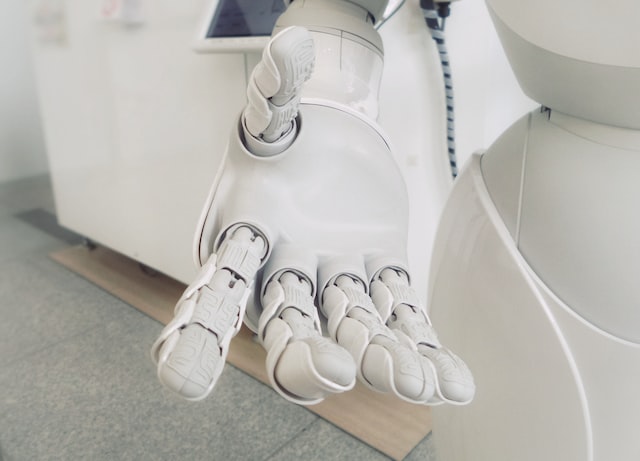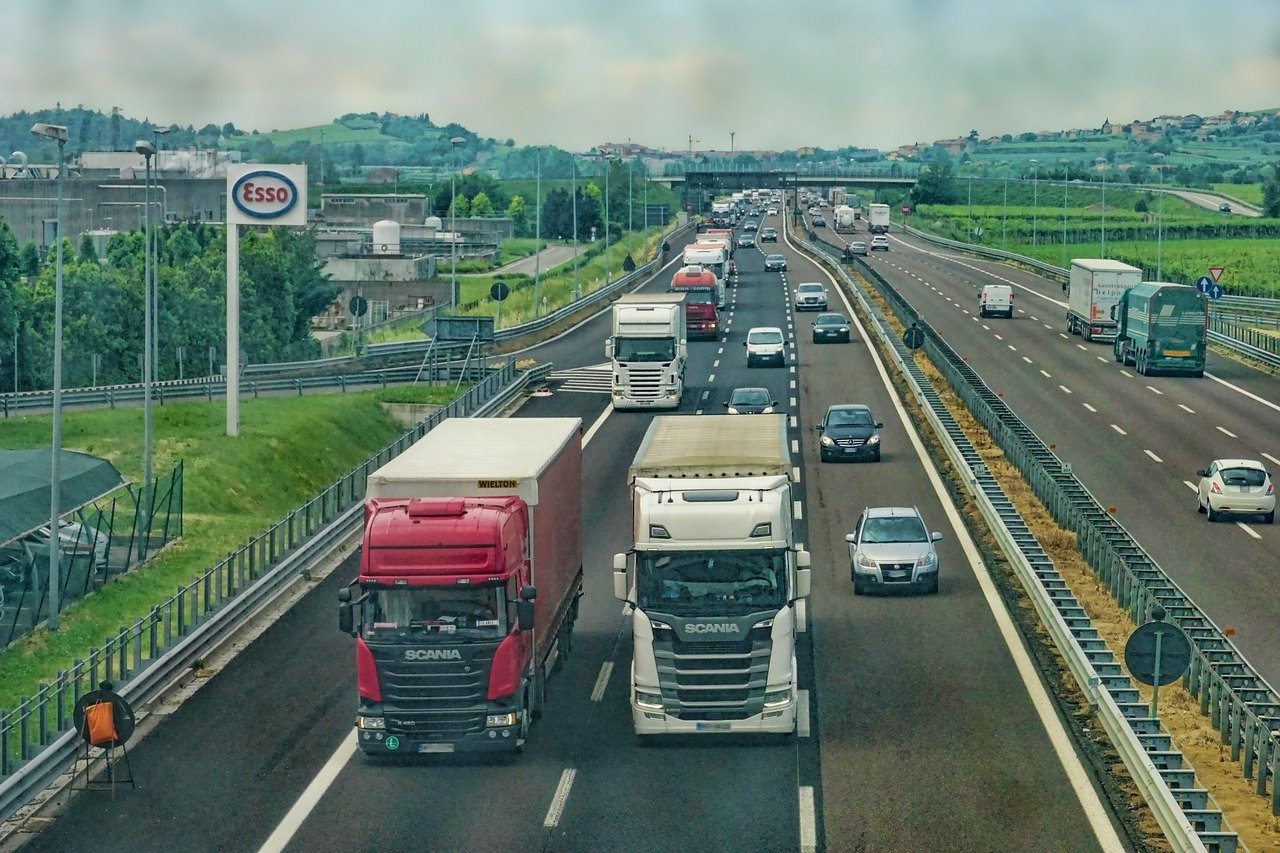Green Chemistry, Green Energy & Green Engineering
Carbonaceous fuels used over the past two centuries have created a lot of wealth and changed the types of technologies that could be used to improve human life. But with the negatives, including an unstable energy supply that leads to political strife and environmental impacts, researchers and scientists are seeking new carbon free “energy carriers” and low carbon alternative “energy carriers” to replace conventional fuels.
In a book, “New Carbon Neutral Fuels and Energy Carriers,” the role of carbon neutral energy sources in establishing a sustainable energy future is discussed. Experts around the world are involved in “green chemistry” and seeking breakthroughs in alternative fuel vehicles, carbon sequestration, biofuels, electric, electrochemistry, photochemistry, nuclear energy, solar energy, synthetic fuels, and more.
Introducing Hydrogen Fuels to the Global Marketplace
The great challenge is to constrain the emission of carbon so as to stabilize atmospheric CO2. One idea with huge potential is to use hydrogen fuel to replace fossil fuels in the marketplace. Large multinational companies including those in the automotive business, such as Toyota Research Institute (TRI), are collaborating with research institutes, universities, and businesses researching materials that might help all non-fossil fuel energy sources become more efficient and cheaper. TRI and its partners are using artificial intelligence in the effort to find these materials.
Large Companies Seeking to Reduce Global Emissions
The global airline and shipping industries emit a huge amount of CO2 into the atmosphere each year. And there are efforts all over the world, such as at GMR Hyderabad International Airport in India, to consistently reduce greenhouse gas emissions (GHG) through Carbon Accounting and Management Systems (CAMS). CAMS measures, manages, and reports greenhouse gas emissions at the location where they are in use.
In the shipping industry, AkzoNobel and Maersk Line have partnered to reduce shipping carbon emissions to achieve carbon neutrality.
Continuing Effort to Make Fusion a Reality
Some in the fusion research community have calculated that with the increasing world population and the related increase in the demand for energy, the world will never be able to rely completely on wind, solar, and other alternative energy sources. If this is true, the continuing effort to fuse atoms to release energy, as happens with the sun, is critical to humanity’s future.
In the following video, Harvard Professor of Energy Science, Daniel Nocera, discusses artificial photosynthesis.







